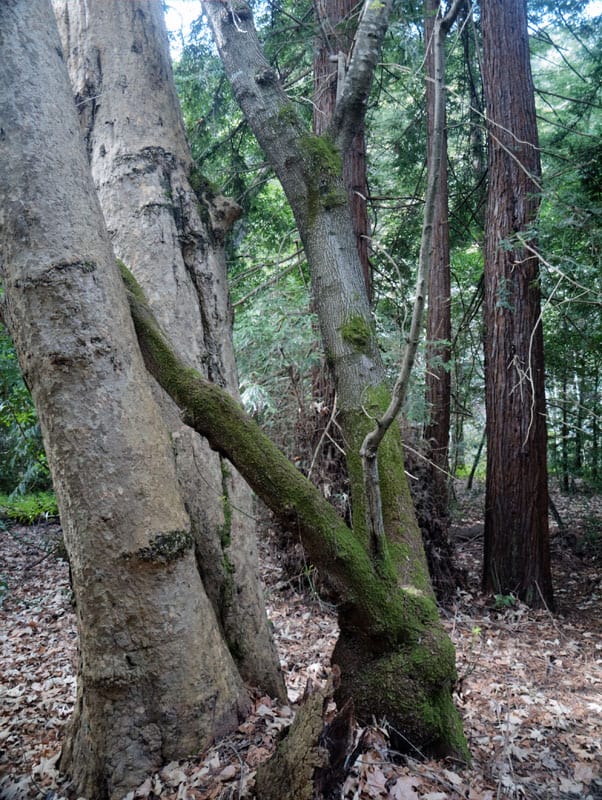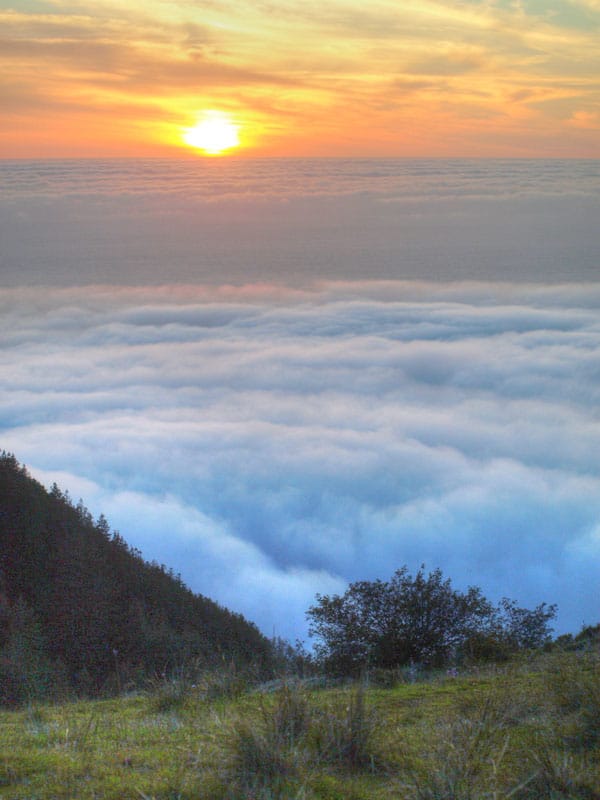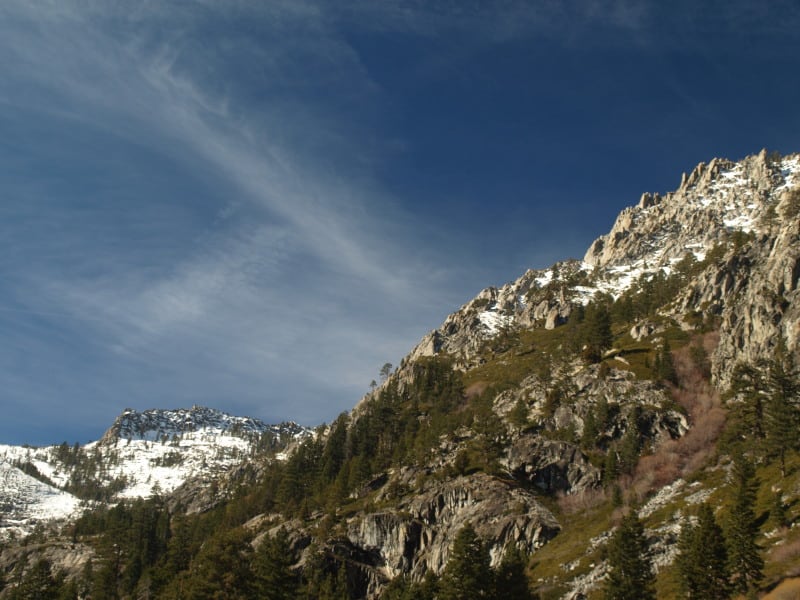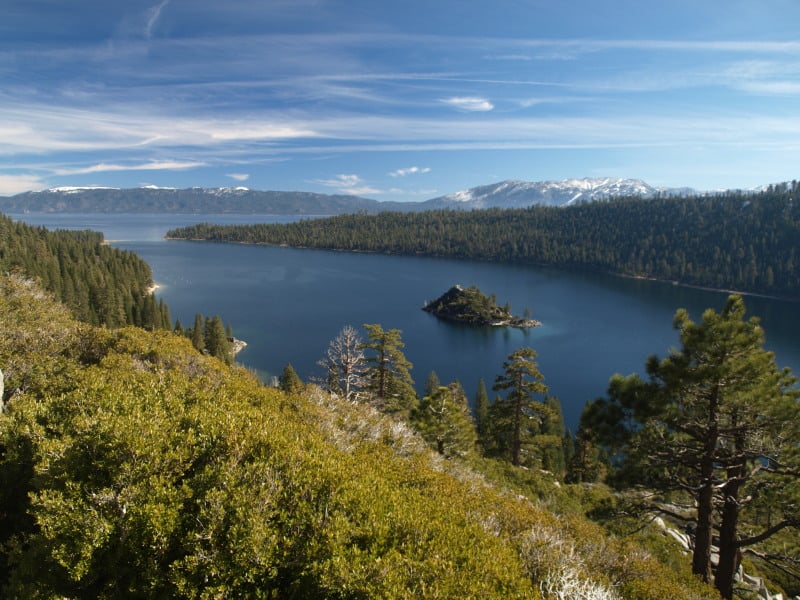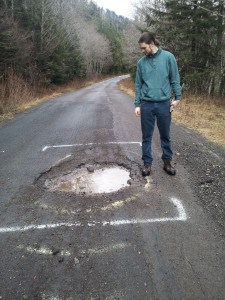I had read about this in the Denver Post but today saw Roger Pielke’s post on his blog here. This whole thing is a hoot and a half (IMHO)…but I agree with Roger. Thanks Rep. Grijalva!
Below is an excerpt..
With this post I’d like to express a sincere Thanks to representative Raul Grijalva (D-AZ). As most readers here will know, Rep. Grijalva is “investigating” me based on his belief that I do research and public service as a consequence of shadow payments from fossil fuel companies. Ridiculous, I know.
I’m thanking Rep. Grijalva not for the media exposure (e.g., NPR, NYT) nor for the bump in sales of my books (e.g., THB, TCF, D&CC), and not even for the many bits of fan mail via email and Twitter from the fringes of the climate debate. Rather, I am thanking Rep. Grijalva for doing more than his part in helping to kill a narrative.
For more than a decade, leading elements of the science and media communities have advanced a narrative which said that conservatives were stupid and/or evil and were singularly responsible for pathologically politicizing science. Reality, as the saying goes, has a liberal bias. It turns out that concerns over the “politicization of science” were themselves subject to politicization.
I wrote about this in 2003:
Politicization of science is a problem irrespective of the ideology of those doing the politicizing. Our scientific enterprise is too important to allow putative concerns about the politicization of science to become just another weapon in partisan battle.
And in 2005:
It is clear that there is an ample supply of people willing to use concern over the politicization of science as a political bludgeon to score points on the Bush Administration. It is also clear that there are plenty of others aligned with the Bush Administration willing to do exactly the opposite. The question I have is, where are the analysts (including reporters) who care about the politicization of science irrespective of possible advantages that are lent to today’s partisan political battles?
You may remember Rep. Grijalva from our discussions. . Andy posted this one about environmental groups supporting him for ranking member of the House Natural Resources Committee. Here is my review of “his” 2008 report (he probably got it in the mail and just submitted it without his staff reviewing it). Scarier still, he was supported by environmental (and women’s groups.. really? they never asked me…) groups for Secretary of Interior.. you know, the Department with the science agency USGS..
Matthew posted this..
In a letter sent today, a broad coalition of 238 conservation, Hispanic, recreation, animal welfare, religious, labor, youth, business and women’s groups urged President Barack Obama to nominate Rep. Raúl Grijalva (D-Ariz.) as the next interior secretary when that position opens. Grijalva is currently ranking member of the House Subcommittee on National Parks, Forests and Public Lands, and a leading Democrat on the House Natural Resources Committee.
I have an old-fashioned habit of checking facts I think I remember and I noticed that on the home page of the USGS, it does not mention what agency it is part of. I am not making this up. So I had to go to the Interior page and double check, sure enough, Grijalva would have been in charge of the USGS.
Kind of scary..
